(NLDO) - A mysterious "knot" that occurred in Europe 100,000 years ago may explain why we modern humans have become isolated.
Examining Neanderthal fossils from sites in Croatia, France, Belgium and Israel, dating from 41,000-130,000 years ago, an international team of researchers has found important clues that could explain their disappearance.
At the time modern humans - Homo sapiens, our species - emerged about 300,000 years ago, it is estimated that there were 8-9 species of the genus Homo (Human) living in the world .
Even between Homo sapiens and our closest species like Neanderthals or Denisovans, there were intermarriages, leaving genetic traces in our DNA.
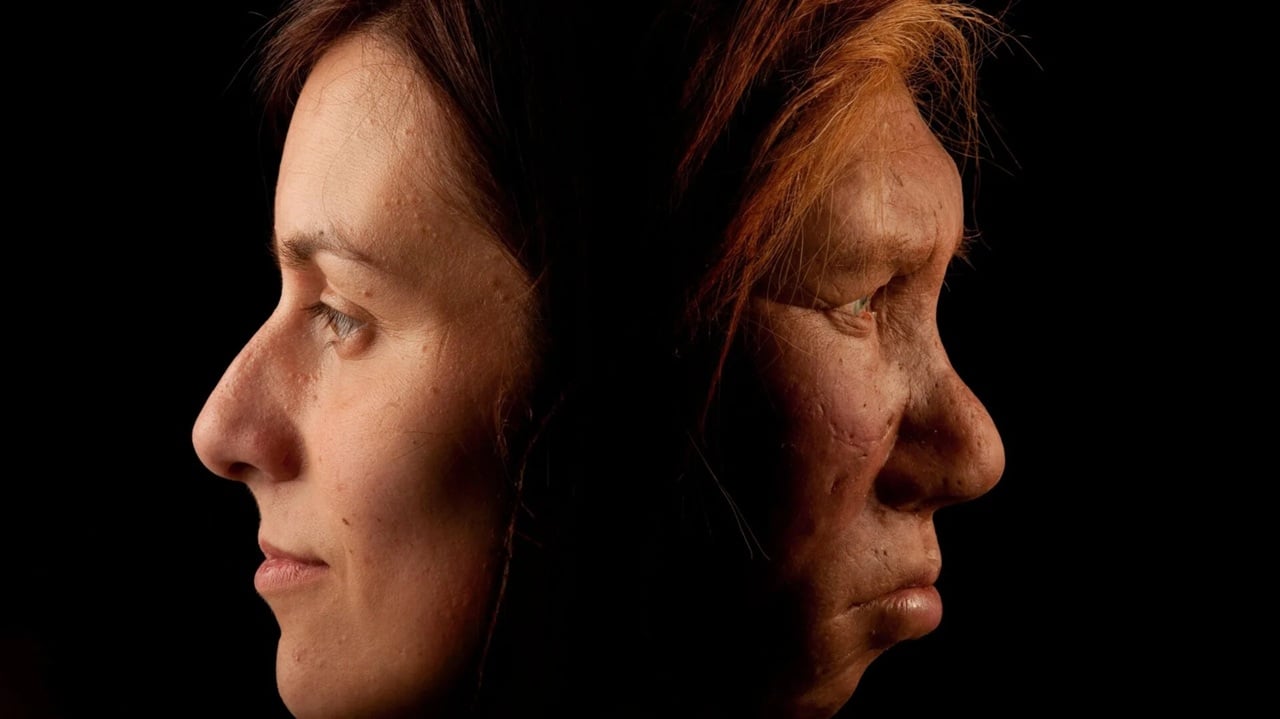
Modern humans (left) and a wax statue depicting their extinct "brother" species - Photo: SMITHSONIAN MUSEUM
Yet these other ancestors mysteriously disappeared. Neanderthals may have been one of the last to disappear, sadly, because archaeological evidence suggests they evolved almost as fast as us at some points.
Some skulls of this ancient human species in the above-mentioned European-West Asian sites have revealed abnormalities in the structure of the ear canal bones, according to research recently published in the scientific journal Nature Communications.
"The development of inner ear structures is known to be under very tight genetic control, as they are fully formed at birth," Science Alert quoted anthropologist Rolf Quam from Binghamton University (USA).
It seems that something happened about 100,000 years ago that resulted in a genetic "knot" that is reflected in the shape of the ear canals of these ancient humans.
It indicates a major decline in human numbers in a population before the age of Neanderthals actually ended.
This study did not look at any possible reasons for the decline in genetic diversity, but several factors have been pointed to by previous studies, from climate change to increased competition.
For all species on Earth, the loss of genetic diversity is a "death sentence".
Samples from the oldest of these sites – Krapina in Croatia – show that even 130,000 years ago, incredibly high levels of genetic diversity remained within this ancient population, suggesting they were still evolving vigorously.
But sites dating back tens of thousands of years no longer show that.
The researchers hope to apply their ear structure analysis to more samples and locations around the world, which will reveal more about how our distant cousins lived, moved, and eventually went extinct.
Source: https://nld.com.vn/dieu-ky-la-o-chau-au-tay-a-khien-the-gioi-mat-mot-loai-nguoi-196250301091144943.htm


![[Photo] President of the Cuban National Assembly visits President Ho Chi Minh's Mausoleum](https://vphoto.vietnam.vn/thumb/1200x675/vietnam/resource/IMAGE/2025/10/1/39f1142310fc4dae9e3de4fcc9ac2ed0)



![[Photo] Keep your warehouse safe in all situations](https://vphoto.vietnam.vn/thumb/1200x675/vietnam/resource/IMAGE/2025/10/1/3eb4eceafe68497989865e7faa4e4d0e)
![[Photo] Hanoi morning of October 1: Prolonged flooding, people wade to work](https://vphoto.vietnam.vn/thumb/1200x675/vietnam/resource/IMAGE/2025/10/1/189be28938e3493fa26b2938efa2059e)
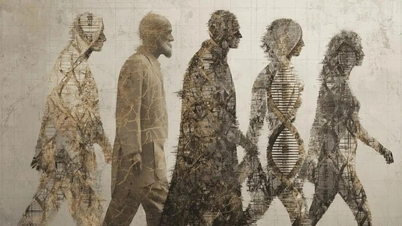

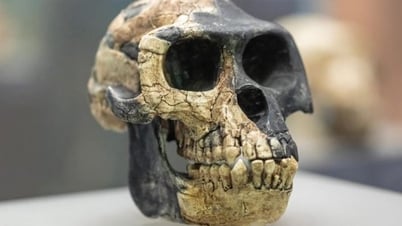

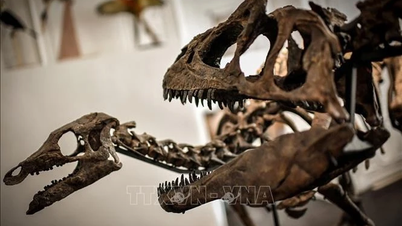

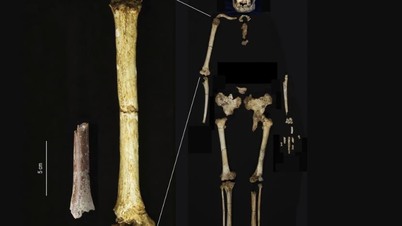
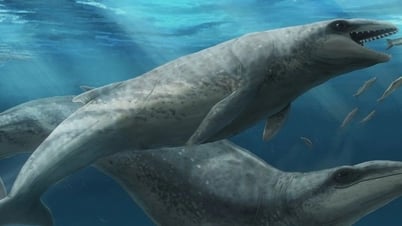
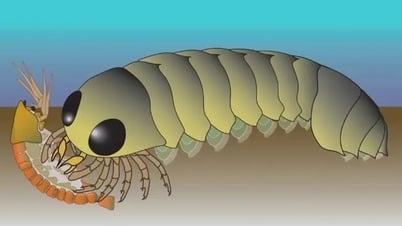





![[INFOGRAPHIC] DJI Osmo Nano Action camera, super compact, 4K 120fps recording](https://vphoto.vietnam.vn/thumb/402x226/vietnam/resource/IMAGE/2025/10/1/8408489112ee446dab897373255c827e)









































































Comment (0)